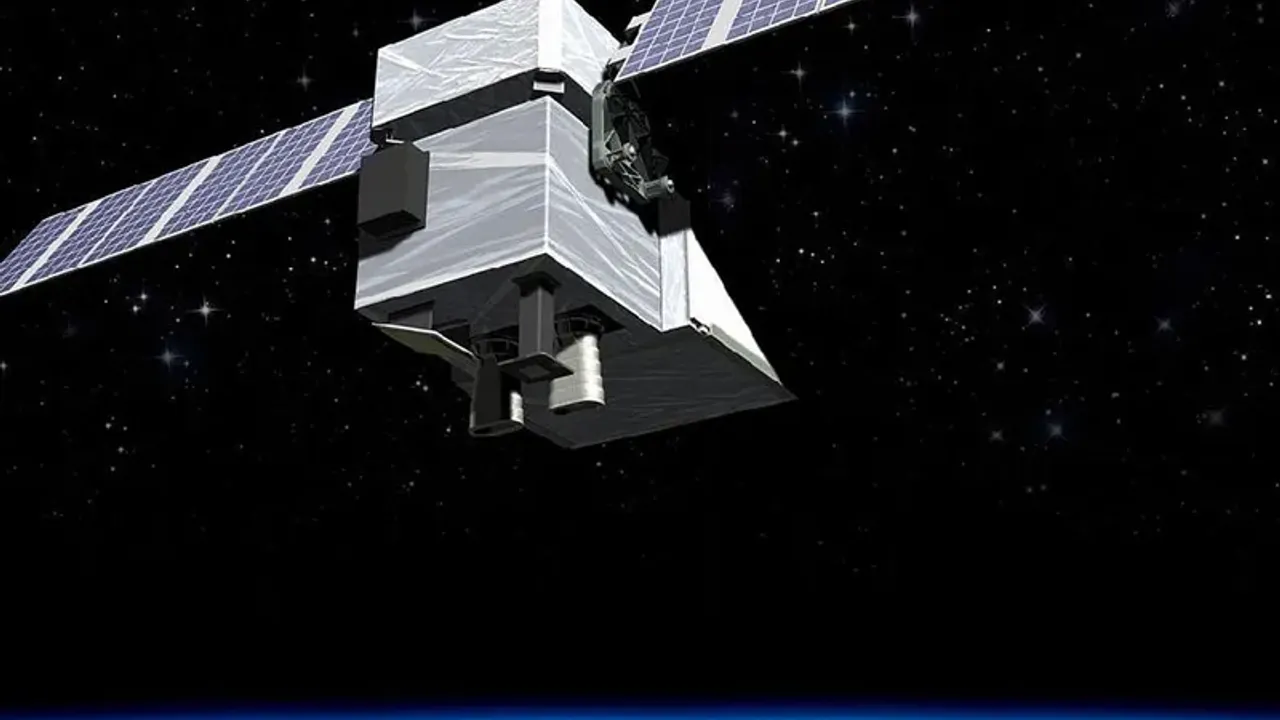This public-private partnership, led by the non-profit Carbon Mapper, aims to provide high-resolution data on methane and carbon dioxide emissions from space. Tanager-1, which orbits approximately 324 miles above Earth, is being developed by Planet Labs in collaboration with the Jet Propulsion Laboratory (JPL) and other esteemed organizations.
The Carbon Mapper Coalition brings together notable backers, including the California Institute of Technology, Planet Labs—a data analytics platform established by former NASA engineers—along with the Rocky Mountain Institute and Arizona State University. The initiative has also garnered support from philanthropic groups such as the High Tide Foundation, which has sponsored various maritime finance events focused on incentivizing low-emission shipping practices.
Although the current capabilities of Tanager-1 won't allow for real-time monitoring of ships as they traverse the oceans, the coalition is committed to using satellite data to enhance environmental accountability. Planet Labs emphasizes that its “PlanetScope” platform has already been utilized by hundreds of clients across defense, intelligence, and commercial sectors to inform critical decision-making processes.
Following the successful launch, Planet Labs expressed enthusiasm about leveraging Tanager’s unique capabilities to provide transparent and actionable data on emissions. “We’re incredibly excited to apply Tanager’s unique capabilities to make methane and CO2 emissions visible at high resolution globally,” a representative stated.
The State of California is also heavily invested in this initiative, having allocated $100 million towards utilizing satellite data to monitor methane emissions. California Governor Gavin Newsom highlighted the state's commitment to real-time methane detection, stating, “We have more satellites going up in the coming years that will provide real-time methane detection and enforcement.” This progressive approach underscores California's leadership in tackling climate change through innovative technological solutions.






